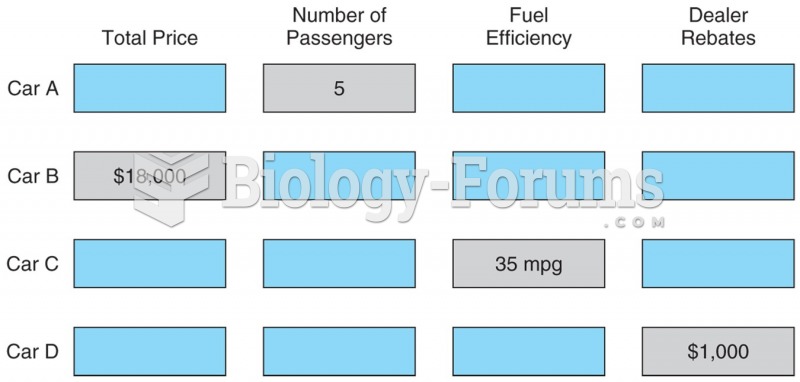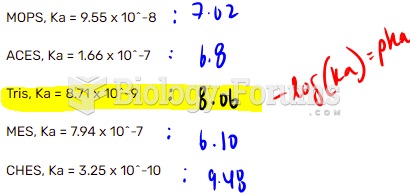Answer to Question 1
D
Answer to Question 2
Most of the trade between the United States and Mexico is intrafirm and this occurs within the context of Mexico's special export processing sector (the maquiladora industry), which was originally limited to its border with the United States but has expanded to the whole country, The original purpose of the industry was to generate employment along Mexico's northern border. American firms could set up in Mexico and pay no tariffs on the inputs they brought into the country as long as they exported the output. The export processing industry grew steadily, but most manufacturing in Mexico was still focused on the domestic market. In the 1980s, Mexico's development strategy was inward looking, and most firms found that it was less profitable to export than to produce for the home market since goods sold domestically were protected from competition and goods sold abroad were not. Focus on production for the domestic market caused most firms to locate near Mexico City or one or two other urban areas, so that they were close to their final markets. When policy makers shifted their focus to a more neutral policy with respect to production for domestic or foreign markets, following the 1982 financial crisis, they removed many trade protections, creating a more level playing field for exporters. This made it relatively more profitable to produce goods for sale in foreign markets since it took away the advantages of producing for the domestic market. Partly as a consequence of these policy changes, the export processing industry along Mexico's northern border took off. By the middle of 2000, the maquiladora was responsible for more than half of Mexico's total exports. The new incentives caused both Mexican and non-Mexican firms to locate near the border with the United States, rather than in Mexico City. Under the new rules, the largest profitable market is the United States rather than Mexico City, and thus it was cost effective to locate closer to that market.







